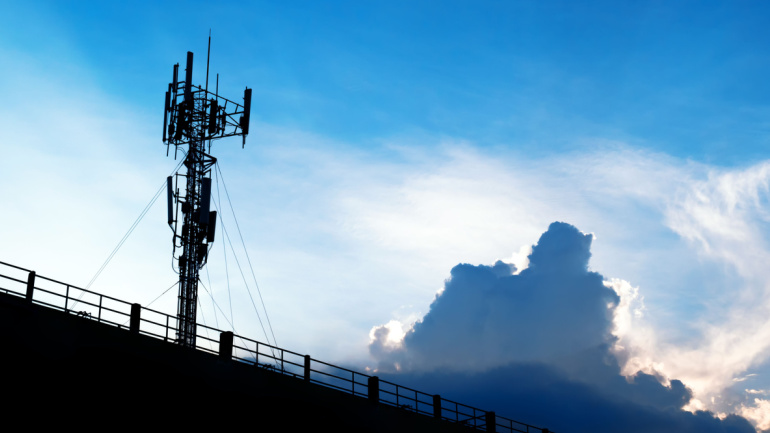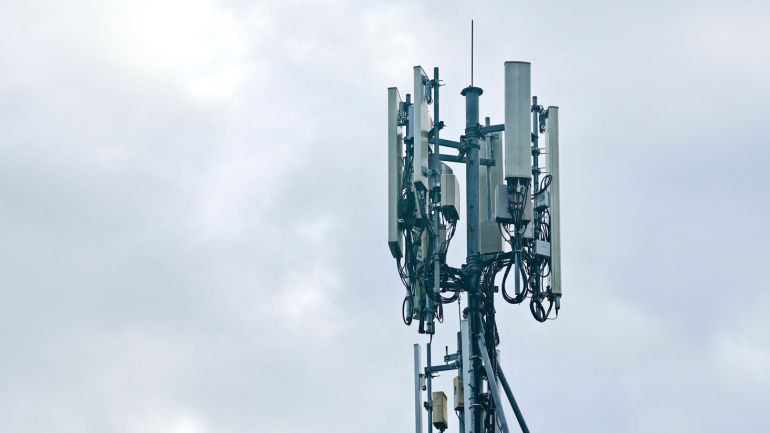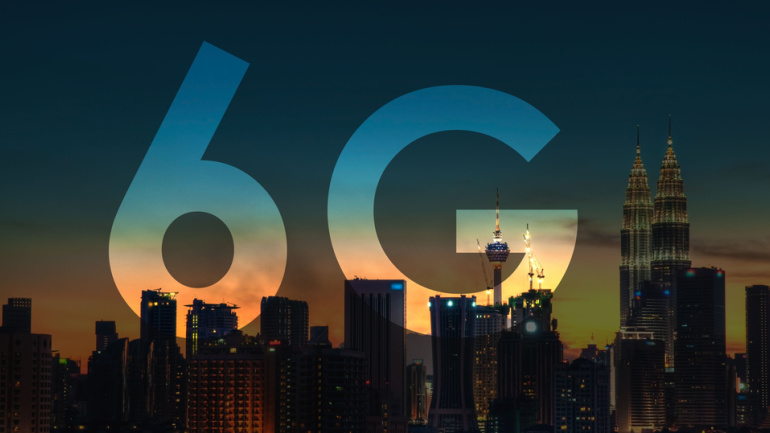Vodafone is expanding its devotion to Open RAN technology, joining forces with Nokia in a progressive venture in Italy. The initiative aligns with Vodafone’s Open RAN directive, largely centered in the UK, and extends influence to the Italian telecom landscape. With this first commercial 5G Open RAN pilot in Italy, they aim to prove Nokia’s Open RAN solution matches the functionality and quality of traditional RAN. With an eye on promoting automated, adaptable networks for the ever-growing demand of responsive 5G services, such innovation bolsters the EU’s digital sovereignty and global competitiveness.
Amazon’s Project Kuiper, which birthed two prototype satellites aimed to test potential satellite broadband service, operates similarly to Space-X’s Starlink and OneWeb. The venture is set to increase internet connectivity in remote areas using an extensive satellite constellation. Still, the delay in launching has welcomed accumulating competition. Rabid advancements by competitors including satellite direct-to-device technology pioneers and those concentrating on 5G NTN IoT services could tilt the scales. Would adopting the 5G NTN-compatible network give Project Kuiper a competitive edge? Or will the ongoing innovations by industry leaders overshadow it? However, underlying operational challenges and time constraints might hamper Amazon from contemplating a substantial shift in direction.
Telecom giants Vodafone and Orange are breaking new ground with the first real-life 4G calls over a common shared network in an Open RAN setting. Stemming from a landmark endeavor near Bucharest, this initiative provides a glimpse into the potential strengths of an Open RAN-based network. What’s more? The progress doesn’t halt at 4G. The duo are set to soon take down another first – operating 2G and subsequently 5G, over shared Open RAN sites. Both operators see this as a model for extending mobile networks throughout rural Europe.
Taking leaps in autonomous network management, Telefónica skillfully navigates the complex landscape, developing standards and aligning with recognized organizations. With their Autonomous Network Journey program, they unravel the value of AI and machine learning at multiple levels. With successful solutions like Vivo Config, they’ve achieved substantial work savings and dramatically reduced network alarms and reworks, while actively focusing on energy efficiency and emissions reduction – invaluable attributes in the era of sustainability.
The recent rebranding of Hyperoptic signals a transformative shift towards customer-centered service. Offering an enticing alternative to rivals grappling with unsatisfactory service, opaque pricing, and unreliable connectivity, Hyperoptic aims to shine in the realm of customer experience. Their radical expansion across the UK, encompassing over 1.4 million homes, while maintaining stellar service is an undeniably ambitious move. Yet, they strive to connect even more customers, emboldened by a substantial investment by KKR.
The UK’s communications regulator, Ofcom, has finalized plans to auction off mmWave spectrum for mobile services, with an eye on potential effects a pending Vodafone/Three UK merger might have. This move underscores the regulatory body’s diligent efforts to enhance 5G spectrum allocations, allocating citywide licenses to 68 major UK locations. Despite the anticipated delay due to the merger’s evaluation, Ofcom plans to award licenses on a first-come, first-served basis in less densely populated areas, promising a balanced landscape for both telecom giants and early adopters.
Amid growing inflation and swelling telecom budgets, the advent of 6G brings in costly implications tied to Radio Access Network (RAN) equipment. As these financial implications loom, The Next Generation Mobile Network (NGMN) Alliance proposes a different approach to 6G implementation that may spare existing 5G infrastructure from unnecessary renewal. They advocate an operator-driven decision process in refreshing the 5G RAN, maintaining that 6G upgrade should not compromise 5G user experience and should be software-upgradable on existing network elements. As 5G capex reaches its peak in markets like the U.S., NGMN’s stance could potentially redefine traditional strategies in introducing new generations of mobile technology.
Sweden’s recent spectrum auction has not only proved to be a triumph for the Swedish Post and Telecom Authority (PTS), but also for the nation’s digital future. The robust participation from the country’s primary operators substantiates the utility of the spectrum in bolstering Sweden’s wireless services and advancing its 5G capabilities. In an impressive display, not just of interest, but also of investment, an imposing SEK 4.23 billion ($380 million) was raised in a span of just one day. This unprecedented event echoes Sweden’s commitment to digital progress, with new licenses primed to spark a wave of innovative advancements in the long-term. Stay tuned for more updates on the fascinating world of telecommunications.
In the wake of digitalisation in local governance, the main impediment to technology adoption lies in the absence of a long-term strategy and infrastructural support. However, with the UK’s current significant revamping of its telecom infrastructure, local authorities’ role is ever crucial. They need to map out strategic goals and innovative solutions that serve their communities. This includes establishing robust collaborations with private sectors from an early stage. Such partnerships, like the one between the ITS Technology Group and the Hammersmith & Fulham Council, have proved successful in expanding network reach.
Charting the future of mobile networks, the advent of Open vRAN technology, equipped with software-defined systems on standard hardware, delivers on the ambitious goals of 5G while retaining unmatched energy efficiency. Pushing these advancements further, QCT and Intel have introduced cutting-edge servers integrating Intel’s pioneering FlexRAN architecture. This merger of CPU computing power with an accelerated system, transforming standard network structures and allowing innovative software integrations, is the driving force behind the striking efficiency improvements within mobile networks.













